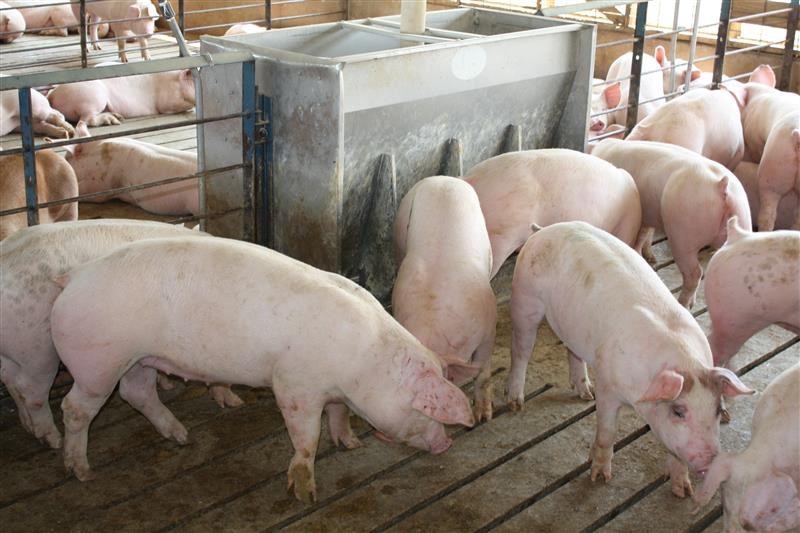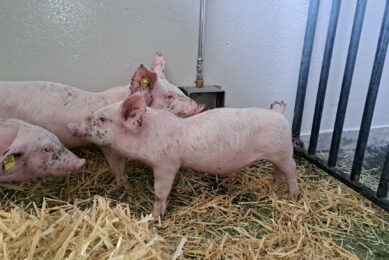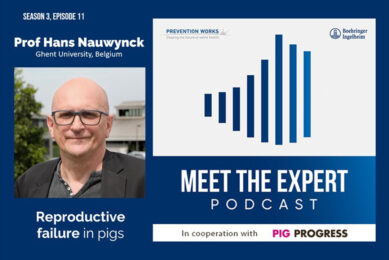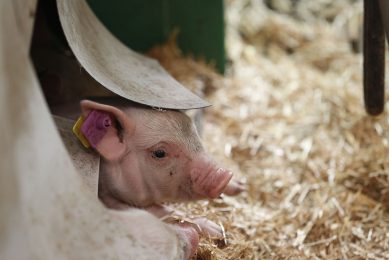PCV4 also detected in pigs in the USA

Porcine circovirus 2 (PCV2) has been well-known for over 2 decades, and PCV3 has been researched quite well. The youngest family member is PCV4, first described in 2019, in Asia and later Europe. The virus has now also been described in the USA.
That became clear from a recent study that was published in Scientific Reports, a publication by Nature. The researchers were attached to Iowa State University (ISU) in the USA, Universidad Nacional de Colombia in Colombia and the Universidad Nacional de Rio Cuarto in Argentina.
No clear relation of virus with disease
It is not exactly clear whether this virus has any relation to clinical disease. That is because most studies so far have been limited to the detection of PCV4 using PCR testing.
In total, the study used 512 porcine clinical lung, faeces, spleen, serum, lymphoid tissue and foetus samples submitted to the Veterinary Diagnostic Laboratory at ISU in Ames, IA, United States, from June through September 2023. The samples were not selected based on specific clinical signs, the research team added. The study does not mention any detailed place of origin of the samples.
PCV4 was detected in 44 of the 512 samples, i.e. 8.6% of the samples. While detection rates among sample types were variable, lymphoid tissue had the highest detection rate (18.7%).
Virus in nursery and finishing phases
The detection of the virus was most commonly observed in pigs in the nursery and finishing phases which were also displaying respiratory and enteric disease. The team frequently observed a co-infection with PCV2, PCV3 and other endemic pathogens. That highlighted the complex interplay between different porcine circoviruses and their potential roles in making disease occur.
About a potential role in pathogenesis, the team said: “Further studies are needed to characterise the presence and significance of PCV4 detection in tissue from aborted foetuses and stillbirths and confirm its potential role in reproductive failure.”
The team closed off their paper by saying that the study provides insights into the frequency of detection, tissue distribution and genetic characteristics of PCV4 in the US.
PCV4 detection in Asia and Europe
PCV4 was first identified in China, followed by descriptions from Mongolia, South Korea, Thailand and Malaysia. When doing retrospective studies, the virus’ DNA was found in tissue from 2012 and antibodies were found in serum samples from 2008. In 2023, a report followed that presence was also found in wild boar and domestic pigs in Spain. About PCV3, some more is known. The virus was described first in 2017, after which especially the research institute CReSA-IRTA in Catalonia, Spain delved into the virus to get to know more. PCV1 is considered to be non-pathogenic.
The research paper in Scientific Reports was authored by Molly Kroeger, Jennifer Groeltz, Philip Gauger and Pablo Piñeyro, Iowa State University, Ames, IA, USA; Diana S. Vargas-Bermudez and Jairo Jaime, Colombia National University, Bogotá, Colombia; and Julian Parada, Rio Cuarto National University, Córdoba, Argentina.











